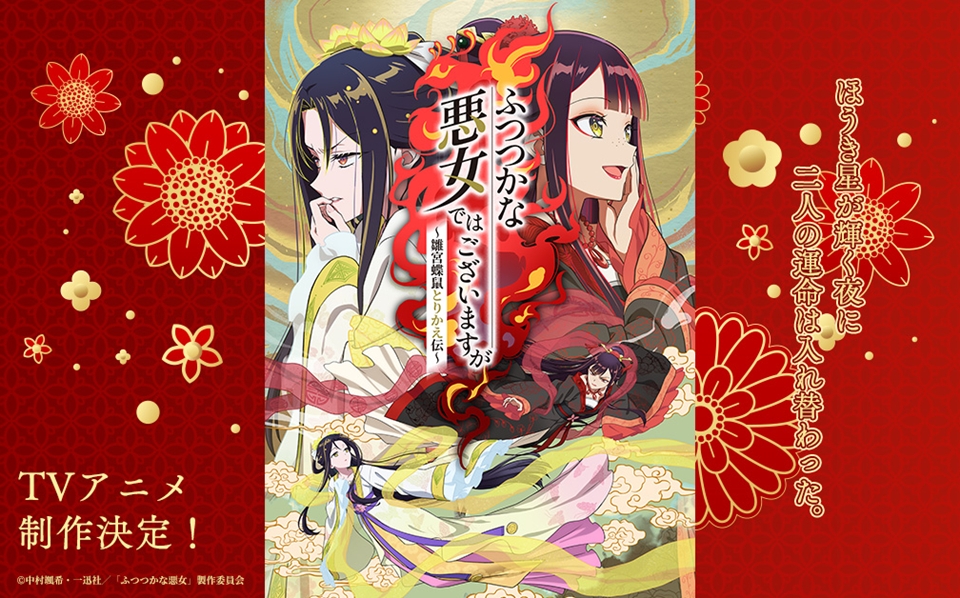Have you ever had a time in your life you wish you could return to? It could be because of a person, a place, or just a feeling that things were better back then. That temptation is precisely what the Kowloon Walled City in KOWLOON GENERIC ROMANCE offers. The city, which we later learn was created by Kudo’s grief at losing the original Reiko, offers a place of escape to the select few who can see it, a city where you can avoid ever having to confront the fear and uncertainty of the future. While it’s initially a mystery why only some people can see Kowloon, we later learn that the deciding factor isn’t nostalgia, like some initially assume, but regret. People like Kudo, Xiaohei, and Miyuki all carry some kind of regret associated with their time in the original Kowloon. Kudo blames himself for Kujirai B’s death, Xiaohei wishes for a time he felt comfortable in his own body, and Miyuki still grieves the loss of his mother. Yaomay provides the final clue as someone who never visited the original Kowloon, but came to the new one to escape her overbearing mother without ever confronting the underlying conflict that continues to haunt her. Put simply, Kowloon is a place of escape. For Kudo, in particular, it’s an ideal way to avoid his fears. He works the same job, eats at all the same places, and most of all, never has to fear losing Reiko. His relationship with this Reiko exists in a perpetual limbo (at least at first). They’re friendly coworkers with some romantic tension, but neither of them takes the risk and pushes their relationship beyond that. Nothing changes, which also means that Kudo never has to fear making a mistake and losing her. With how he blames himself for the original Reiko’s death, this is the perfect place for him to hide. Kowloon gives him a place where nothing changes, nothing is gained, and nothing is lost. It’s a world without loss or risk, where he can hide from his grief for as long as he wants. It's only when Reiko starts digging into this Kowloon’s secrets and building her own identity that the cracks in this world become apparent. Reiko and Yaomay both commit to becoming their absolute selves, owning every aspect of themselves and choosing how they build their identities. This kind of self-actualization is the polar opposite of Kudo’s Kowloon, a city that only exists because of his regret. RELATED: Apocalypse Hotel and the Post-Anthropocene It's the same kind of escape for Yaomay, who went to Kowloon as a way to start fresh, even though she’s still weighed down by regrets and what-ifs. Despite her commitment to change and define herself, Yaomay still feels haunted by her old self, the person whose entire identity was defined by her mother. While she never lived in the original Kowloon, the new Kowloon serves the same purpose for Yaomay that it does for Kudo: a place to escape from the past. Though she hides it most of the time, Yaomay clearly carries a tangle of unresolved emotions stemming from her relationship with her mother, which come out when Reiko unknowingly compares the two. Yaomay ultimately realizes that she can never become her absolute self as long as she hides from that fact, which is why she finally resolves to confront her mother. It’s then that Kowloon disappears for her. Kowloon at its core is a place for people looking to escape from something. Kudo’s grief, Yaomay’s uncertainty, Xiaohei’s discomfort with his body, all of them carry some kind of feeling they would rather hide from than confront. Kowloon gives them the perfect escape, a city literally and metaphorically walled off from the outside world where everyone can keep living through the same summer over and over, in some cases even using it to return to an idealized past like what Xiaohei hopes to do. It’s a tempting thought, being able to spend your life in an idealized sanctuary, but as Yaomay realizes, doing so is antithetical to being your absolute self. The ideal she and Reiko share is being the kind of person who understands and accepts themselves without lying to themselves or compromising it for the sake of others. It’s impossible to do that when you’re hiding away from the world in a place that’s designed to never change. Once Yaomay realizes that and resolves to confront her mother, she doesn’t need Kowloon anymore, and so it vanishes before her eyes. Meanwhile, Reiko’s journey on that path is what finally causes Kudo’s Kowloon to collapse. He spent countless summers living with a life where everything followed the same routine, down to his relationship with Reiko that stayed flirty and companionable, but never went beyond that into a real commitment and vulnerability. Then Reiko suddenly has new friends, wants to eat at new places, and talks about wanting to travel outside Kowloon. This sudden shift, carrying with it potential for change, leaves Kudo, in his words, “troubled.” RELATED: What We Inherit: The Tangled Themes of One Piece's Fish-Man Island Kudo’s acknowledgement literally shakes Kowloon to its core, sparking the final collapse. This Kowloon exists as a place for Kudo to hide from his negative emotions, all the doubt, guilt, and uncertainty that plagued him after the original Reiko died. His feelings resurfacing after so long is what finally causes the world to literally collapse around him. It’s during the collapse, as Kudo finally has an open conversation with both Reiko and himself, that he comes to understand that there’s no such thing as a do-over. You can’t hide from the world, past or future, forever. Once Kudo accepts this and lets himself feel the grief he’s suppressed for so long, he’s finally able to move on from this endlessly repeating Kowloon. It can be tempting to lose yourself in nostalgia, in memories of an idealized past. But living that way isn’t really living. Kudo’s Kowloon is nothing more than an escape from reality, and it’s only after leaving it that Reiko, Yaomay, and everyone else are able to grow and move on. The best way to become your absolute self, after all, is to keep living your life, even the painful and uncomfortable parts.


